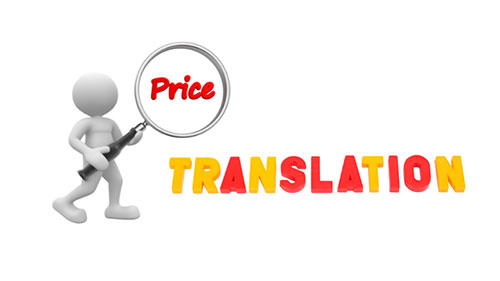
In the life sciences industry, effective localization is crucial for ensuring compliance, safety, and accessibility of products and services across global markets. However, understanding the intricacies of localization pricing is essential for businesses operating in this highly regulated and specialized field. In this article, we will explore the various pricing models used in the life sciences industry, shedding light on translation, engineering, desktop publishing, voice-over, testing, and project management services.
In the realm of life sciences localization, a variety of services are essential to adapt products and materials for different markets. These services include translation, engineering, desktop publishing, voice-over, testing, and project management.
1) Translation
Translation services in the life sciences industry are typically charged based on the number of words in the source text. Hourly rates may apply for smaller tasks or specialized content.
Additionally, the use of Translation Memory (TM) can significantly impact pricing. TM software stores previously translated segments and suggests matches for new content. This results in cost savings through discounted rates for repeated or similar segments, as the translator only needs to translate new or modified content, rather than re-translating entire documents.
2) Engineering
Engineering tasks, such as software localization and internationalization, are often billed on an hourly basis.
3) Desktop Publishing
Desktop publishing services, involving layout and formatting adjustments, are priced based on the number of pages.
4) Voice-Over
Voice-over services for multimedia materials are charged per minute of recorded audio.
5) Testing
Linguistic and functional testing services are billed hourly.
6) Project Management
Project management fees are usually calculated as a percentage of the total project cost.
Alternatively, some localization providers offer package pricing, where all services are bundled into a single fee based on the translation word count. This approach simplifies billing and eliminates the need to distinguish between different types of work.
Several factors influence localization pricing in the life sciences industry:
Language Pair: Languages with limited linguistic resources or specialized terminology may incur higher translation costs.
Content Complexity: Complex scientific or technical content may require additional time and expertise, impacting overall pricing.
Volume and Timeline: Large volumes of content or tight deadlines may lead to higher costs to ensure timely delivery and resource allocation.
Scope of Services: Additional services, such as regulatory compliance checks or validation testing, may incur extra charges.
Navigating localization pricing in the life sciences industry requires a thorough understanding of the various pricing models and factors influencing costs. Whether opting for per-word pricing or package deals, businesses must consider the complexity of their content, language requirements, and project scope when budgeting for localization projects. By choosing the right pricing model and partner, life sciences companies can ensure accurate, compliant, and cost-effective localization of their products and materials for global markets.